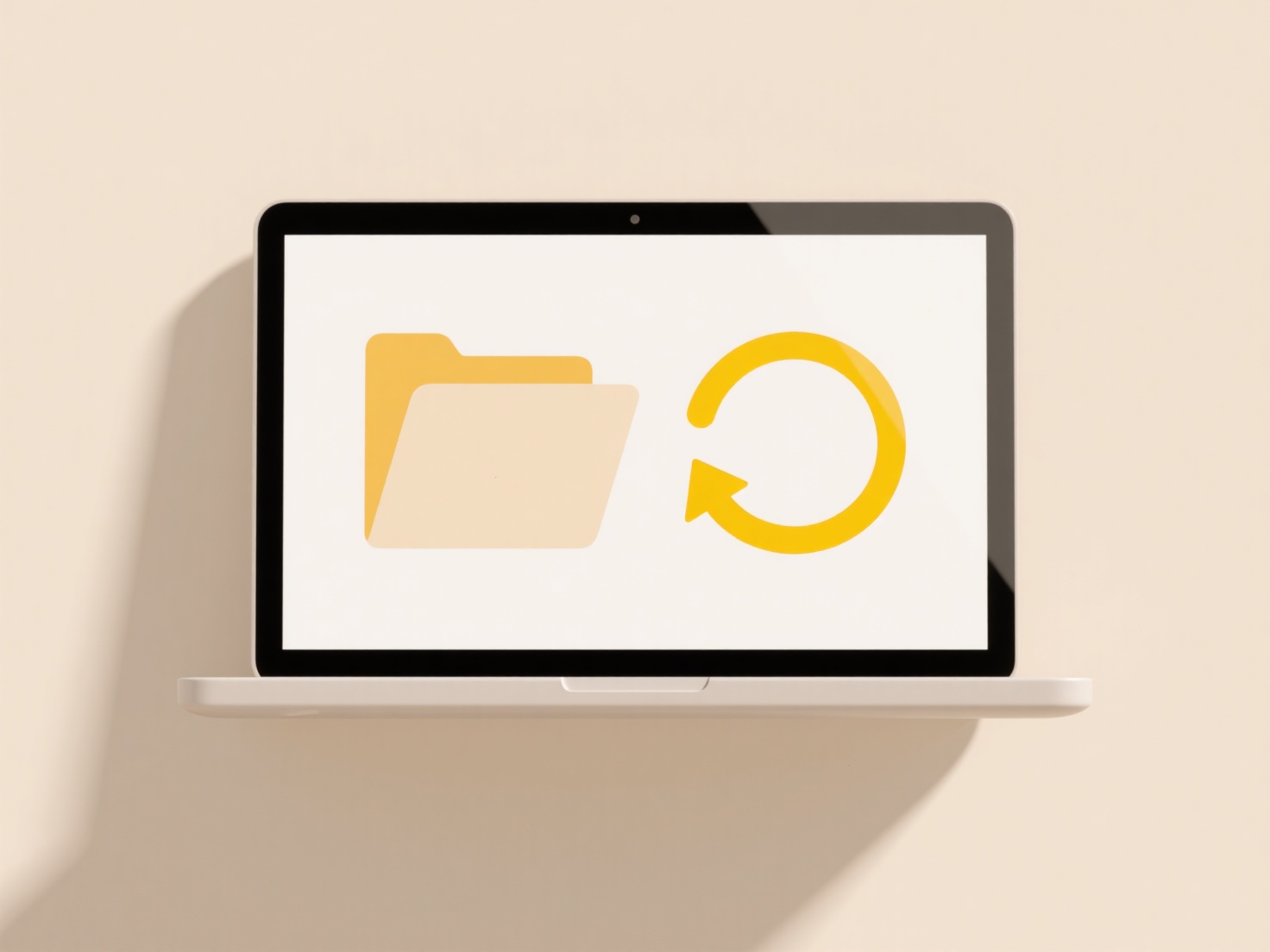
Saving a backup from a cloud-based file means creating a separate copy stored locally on your device or on a different storage platform. This action takes a snapshot of your file outside the cloud service where it originally lives, providing independence from potential cloud service issues like outages, accidental deletion, or account loss. It differs from the cloud service's automatic version history or basic sync, as it's a deliberate, controlled action to create an isolated duplicate.
Common methods include downloading the file directly to your computer's hard drive or an external drive using the cloud service's interface (e.g., "Download" option in Dropbox, Google Drive, or OneDrive). For larger-scale backups, specialized cloud backup services or backup software (like Acronis True Image or Duplicati) can be used to automate periodic downloads of cloud files to a local network drive or another distinct cloud account.

The primary advantage is enhanced data resilience – protecting against cloud service failures or data loss events within your account. Key limitations are the manual effort involved for full sets of files and the storage space required on your local devices. For critical data, this local backup provides essential redundancy, but users must manage updates and storage responsibly. Cloud vendors themselves typically recommend this practice as part of their "Shared Responsibility Model."
How do I save a backup from a cloud-based file?
Saving a backup from a cloud-based file means creating a separate copy stored locally on your device or on a different storage platform. This action takes a snapshot of your file outside the cloud service where it originally lives, providing independence from potential cloud service issues like outages, accidental deletion, or account loss. It differs from the cloud service's automatic version history or basic sync, as it's a deliberate, controlled action to create an isolated duplicate.
Common methods include downloading the file directly to your computer's hard drive or an external drive using the cloud service's interface (e.g., "Download" option in Dropbox, Google Drive, or OneDrive). For larger-scale backups, specialized cloud backup services or backup software (like Acronis True Image or Duplicati) can be used to automate periodic downloads of cloud files to a local network drive or another distinct cloud account.

The primary advantage is enhanced data resilience – protecting against cloud service failures or data loss events within your account. Key limitations are the manual effort involved for full sets of files and the storage space required on your local devices. For critical data, this local backup provides essential redundancy, but users must manage updates and storage responsibly. Cloud vendors themselves typically recommend this practice as part of their "Shared Responsibility Model."
Quick Article Links
How do I make a file read-only for others?
Making a file read-only for others involves setting specific permissions that prevent users from modifying, deleting, or...
Why does saving overwrite my previous version?
Saving typically overwrites your previous file version because the system assumes you want the latest changes to become ...
Why does Google warn me when I share a file with someone new?
Google displays sharing warnings to help protect against unintended data exposure when you share files with new collabor...